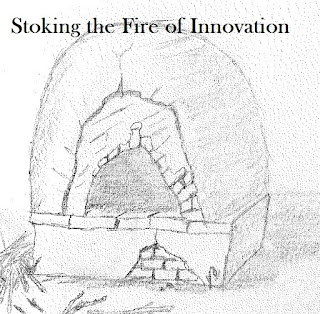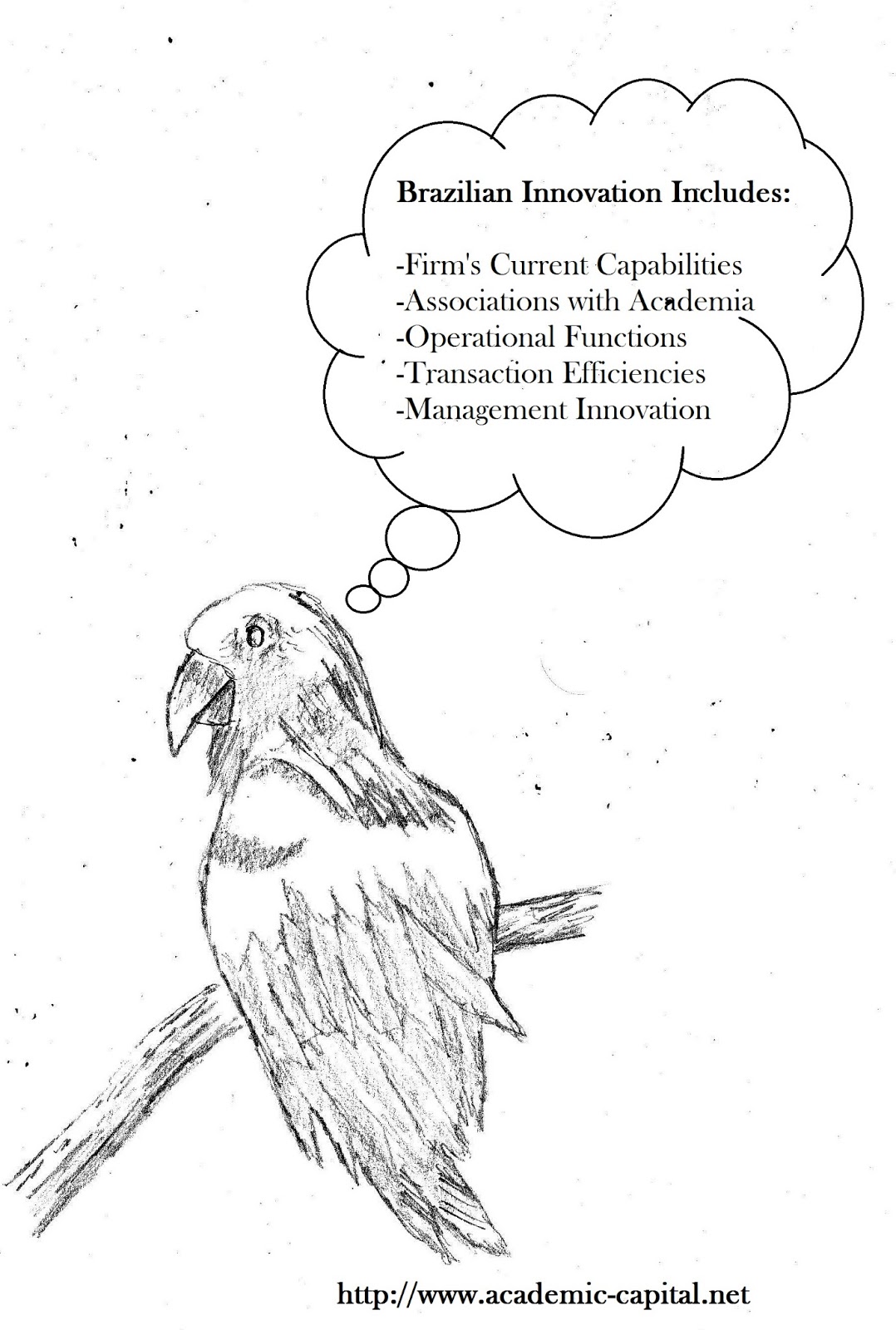Entrepreneurship comes
in many forms, methods, and pathways. Most often it is discussed in terms of
small business development but also includes important aspects of developing
stronger products, services, and proactive problem-solving. Research conducted
on a Finnish consulting firm helps to highlight how internal organizational
entrepreneurship can exist within the team framework of the organizations
leaders. It is this leadership inclusion and culture of discussion that can
turn reactive management into proactive problem-solving that improves
performance.
Entrepreneurship within
organizations should be honored and encouraged to foster stronger performing
companies. The main task of organizational entrepreneurship is to improve
economic performance through better developed strategies and operations (Rauch,
et. al., 2009; Ireland, Covin & Kuratko, 2009). Such activities encourage
innovative development of both the decision-makers processes as well as the
operational structures they control.
A large percentage of
organizational performance is based within the capacity and behavioral patterns
of the leadership team. It is this leadership team that develops the processes
and procedures by which other organizational aspects function. These processes
and procedures create a structure that primes employee’s behavior through the
rewards, punishments, expectations, communication lines, and processes. Enhancing
the entrepreneurship of the leadership team has a huge impact on the
functioning of the rest of the organization.
Since leader’s decisions are important and have a wide
impact on the organization it is beneficial to create checks and balances by offering
as many possible solutions and counter solutions as relevancy allows. Some have
advocated a four step process of joint decision-making that includes proposal,
access, agreement and commitment (Stevanovic, 2012). As proposals make their
way into the leadership war room they should be fairly pondered, accepted or
discarded, and finally committed upon.
A study conducted by Peltola from the University of
Helsinki helps to further define how entrepreneurship and decision-making innovation
works within executive teams (2013). The study offers a case study of a
consultative business management organization with access to a number of other
firms in Finland. Meetings were recorded to determine overall effectiveness of
practices.
Results:
-Collaborative decision-making practices to solve
jointly-acknowledged performance problems are important at the initial stages
of entrepreneurship.
- Entrepreneurship in decision making is founded on
proposals, access, agreement and commitment.
-Strong decision-making processes require conversational
subtlety.
-Powerful members must first adapt and model entrepreneurship
traits for others.
Business
Analysis:
The development of an entrepreneurial culture starts
at the very top of an organization. Those leaders who adapt and model the
stages will encourage others to come forward with solutions. The stages depend
on a proposal, access to decision makers, agreement about fundamental issues
and approaches, and finally commitment to enact the proposal. The successful
solicitation and presentation of proposals requires the ability to engage in
productive conversation versus the subtle rejection of anything new.
Organizations that desire to stay ahead of problems need to be open to
potential solutions and accepting of those solutions for debate.
Ireland, R.D., Covin, J.G.,
Kuratko, D.F., (2009). Conceptualizing
Corporate Entrepreneurship Strategy.
Entrepreneurship Theory and Practice, 33(1).
Peltola, S. (2013). The emergence of
entrepreneurship in organizations: joint decision-making about new sales
practices in management group meeting interaction. Poznan University of Economics Review, 13 (1).
Rauch, A., Wiklund, J., Lumpkin,
G.T., Frese, M., (2009) Entrepreneurial
Orientation and Business
Performance: An Assessment of Past Research and Suggestions for the Future. Entrepreneurship
Theory and Practice, 33(3).
Stevanovic, M., (2012) Establishing Joint Decisions in a Dyad. Discourse Studies, 14 (6).

